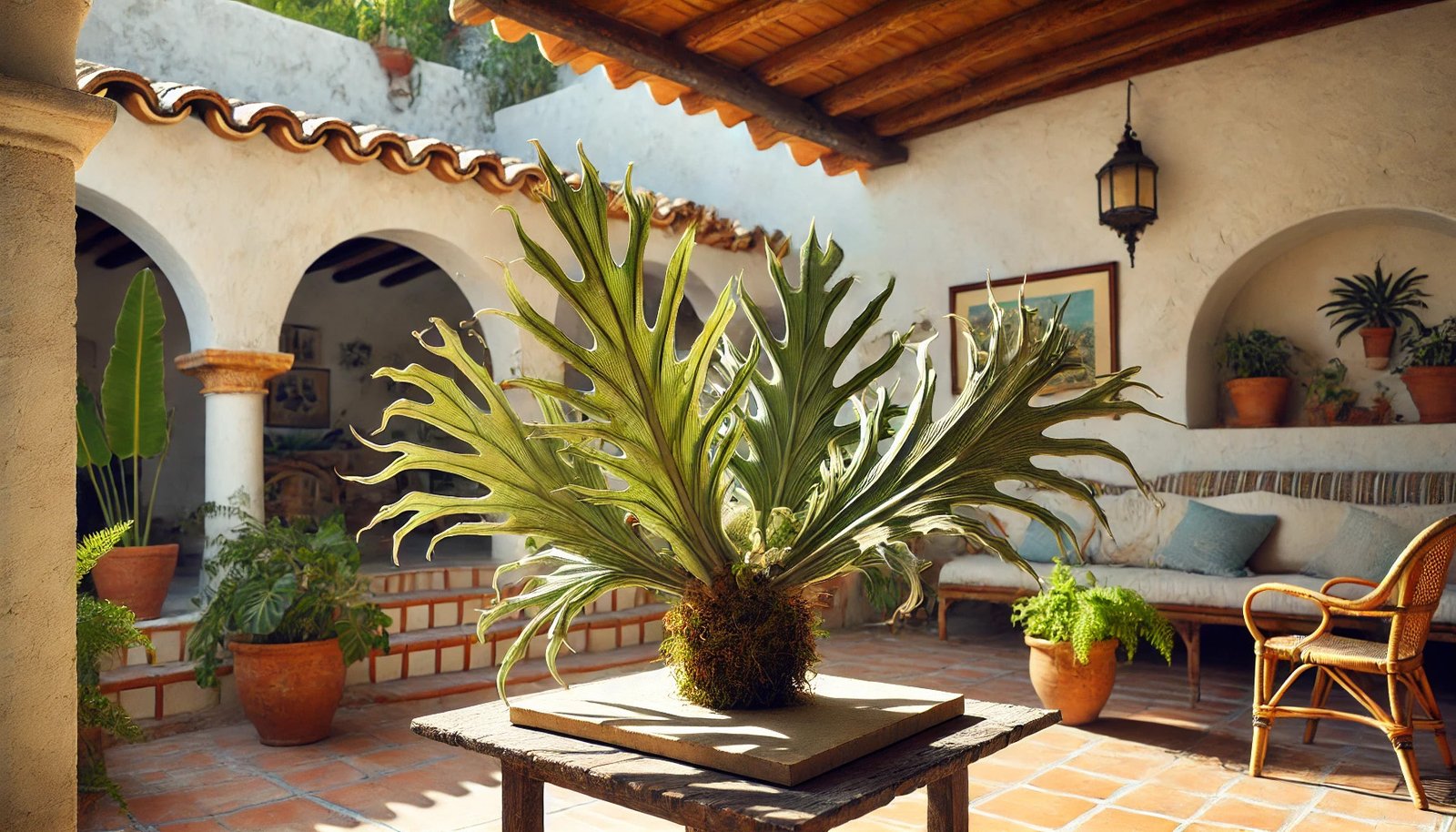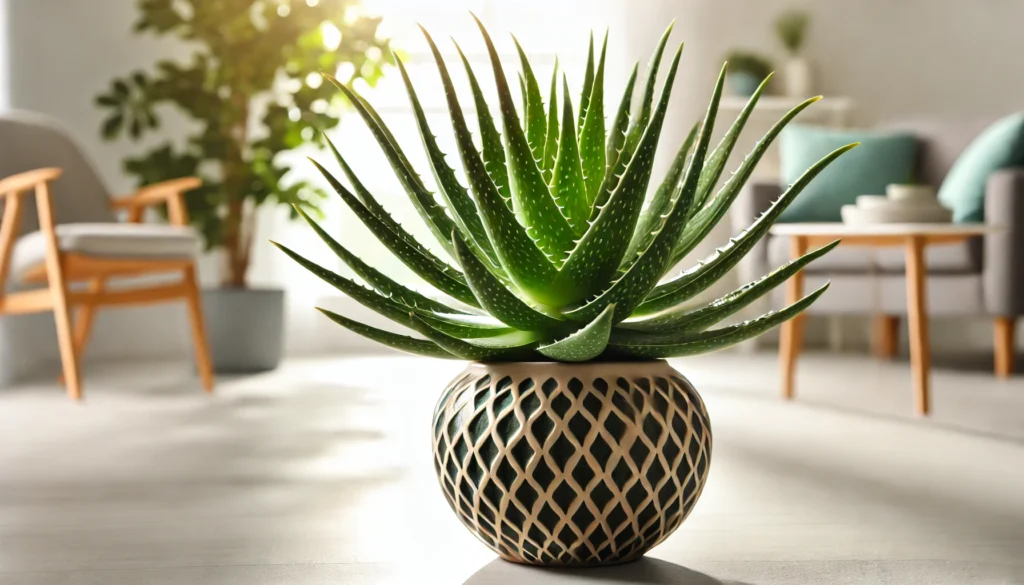
Elkhorn Fern, formally known as Platycerium bifurcatum, is a fascinating epiphytic fern with fronds that resemble the antlers of an elk. This plant can grow up to 3 feet wide, making it a striking addition to any indoor or outdoor space. Whether mounted on a board or placed in a hanging basket, the Elkhorn Fern adds a touch of the wild to your home or garden.
The History and Ideal Growing Conditions
Elkhorn Ferns are native to the rainforests of Australia and New Guinea, where they grow on trees, absorbing moisture and nutrients from the air. They thrive in warm, humid environments, making them well-suited for tropical and subtropical climates. To recreate their natural habitat, provide them with bright, indirect light and maintain high humidity levels. If you’re growing them indoors, placing them in a bathroom or kitchen can be ideal due to the higher humidity in these spaces. Outdoors, they do well in shaded or partially shaded areas, protected from direct sunlight.
Is Elkhorn Fern Toxic to Pets?
Fortunately, Elkhorn Fern is non-toxic to pets, making it a safe choice for households with cats, dogs, or other animals. You can enjoy the unique beauty of this fern without worrying about the safety of your furry friends.
Best Practices for Caring for Elkhorn Fern
Elkhorn Ferns are relatively low-maintenance, but they do have specific care requirements to thrive. By following these best practices, you can keep your fern healthy and vibrant.
Watering and Humidity:
Elkhorn Ferns prefer consistent moisture but are sensitive to overwatering. Water them when the top inch of their growing medium feels dry, and ensure that water drains well to prevent rot. High humidity is crucial for these ferns, so mist them regularly or place them near a humidifier if you’re growing them indoors.
Soil, Light, and Temperature:
Since Elkhorn Ferns are epiphytes, they don’t require traditional soil. Instead, use a mix of sphagnum moss, bark, and other organic materials that allow for good air circulation. Bright, indirect light is best, as direct sunlight can scorch their delicate fronds. Keep the temperature between 60°F and 80°F, and avoid exposing the fern to temperatures below 50°F.
Common Problems and Simple Remedies
While Elkhorn Ferns are hardy, they can encounter a few issues:
- Frond Browning: If the fronds begin to brown, it could be due to too much direct sunlight or insufficient humidity. Move the fern to a shadier spot and increase humidity.
- Rotting: Overwatering can lead to root rot. Ensure your fern’s growing medium drains well and allow it to dry slightly between waterings.
- Pests: While rare, scale insects can occasionally attack Elkhorn Ferns. Use insecticidal soap or neem oil to treat infestations.
Propagation and Benefits of Elkhorn Fern
Propagating Elkhorn Ferns is a rewarding process. These ferns produce small offsets, or “pups,” that can be carefully separated and mounted on a new surface. This allows you to share the plant’s beauty with friends or expand your own collection. In addition to their aesthetic appeal, Elkhorn Ferns also help improve air quality by absorbing toxins and releasing oxygen.
Final Thoughts
Elkhorn Fern is a unique and hardy plant that can add an exotic flair to your home or garden. Its relatively low-maintenance nature, combined with its striking appearance, makes it an excellent choice for both novice and experienced gardeners. Whether you’re looking to create a tropical indoor oasis or add interest to your outdoor space, Elkhorn Fern is sure to impress.



